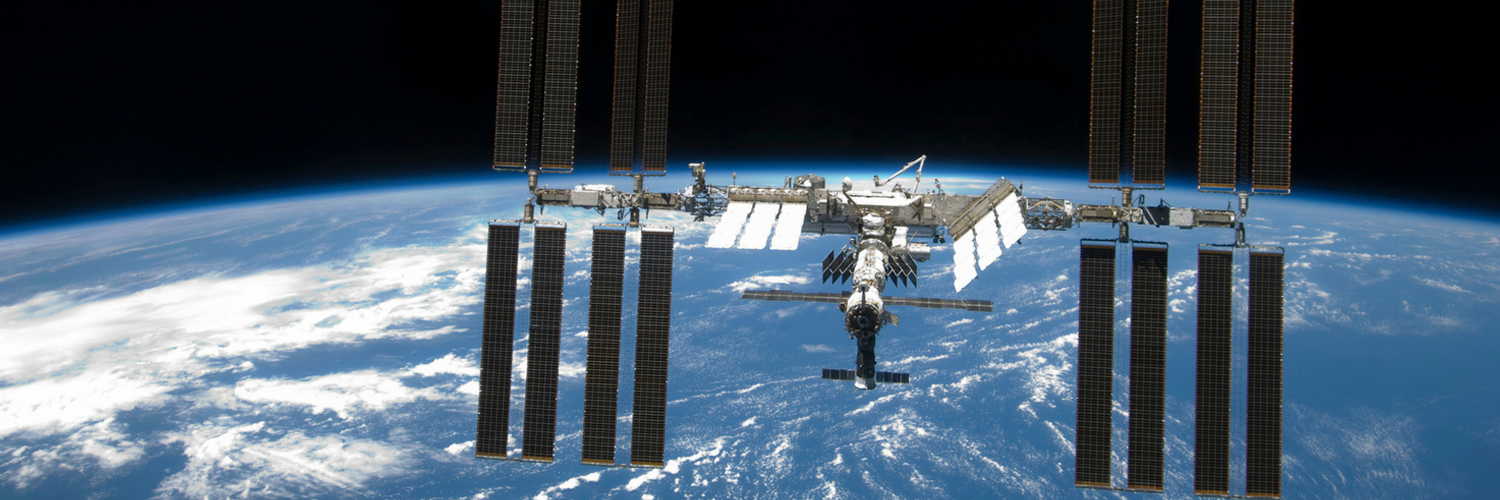The Significance of Underwater Currents: Lifelines of the Ocean
Ocean currents play a crucial role in sustaining marine ecosystems and influencing global climate patterns. These vast conveyor belts of water are not just natural forces of movement but integral components of ocean dynamics.
1. Movers and Shapers of Marine Environment
Ocean currents are pivotal in distributing nutrients and regulating marine temperature patterns. These "rivers in the sea" carry nutrients from the ocean floor to the surface, where sunlight-driven productivity supports an array of marine life. These nutrients are foundational to the marine food web, supporting everything from minute plankton to large marine mammals. By understanding the currents' paths and behavior, scientists can better predict ecological changes and the impacts of global warming on marine biodiversity.
2. Influence on Climate and Weather
Currents are fundamental in regulating the earth's climate. The most well-known example is the Gulf Stream, which transports warm water from the tropics to the North Atlantic, greatly influencing weather patterns and climate. These ocean currents contribute to the regulation of atmospheric temperatures and play a role in the global distribution of heat. A disruption in these patterns can lead to significant climate anomalies such as unexpected warm or cold episodes and shifts in precipitation patterns, affecting both terrestrial and marine life.
3. Challenges from Climate Change
Global warming poses a significant threat to the stability of ocean currents. As polar ice melts, the influx of freshwater into the oceans could alter the density-driven ocean circulation, thereby impacting the flow and direction of currents. This shift can have cascading effects on weather systems, fish migrations, and nutrient distribution. Understanding these potential changes is crucial for developing strategies to address climate-induced disruptions in ocean systems.
Hidden Depths: Volcanoes Beneath the Waves
Beneath the ocean surface, geothermal activity shapes not just the physical landscape but also creates conditions for diverse ecosystems, unbeknownst to many.
1. Geological Architects of the Seafloor
Submarine volcanoes significantly mold the ocean floor's landscape, constantly building and reshaping it through eruptions and sediment deposition. These activities create diverse and complex structures on the ocean floor that influence marine habitats. The study of these geological phenomena provides insights into the formation of seafloor topographies and how volcanic activities impact sediment distribution and marine ecosystems' health.
2. Chemistry and Ecosystems
The volcanic activity under the sea introduces essential nutrients and minerals, supporting unique biogeochemical environments. These environments are often home to specialized life forms that thrive in extreme conditions, such as hydrothermal vents with temperatures exceeding most life forms' tolerance levels. Understanding these ecosystems contributes to our knowledge of marine biodiversity and life's adaptability to extreme conditions.
3. Conservation and Impacts
As human activity expands into the deep sea, especially through mining, the unique ecosystems shaped by volcanic activity face increased risks. The disruption of these environments could lead to the loss of undiscovered species and complex ecological interactions that have persisted over millennia. There is an urgent need for sustainable practices and conservation strategies to protect these environments while balancing economic interests.
Ocean Ecosystems: From Shallows to Abyss
The ocean harbors an astounding array of life forms across various ecological zones, each with distinctive characteristics and survival strategies.
1. Vibrant Life in Coral Communities
Coral reefs represent some of the most significant marine biodiversity conduits, offering shelter, food, and breeding areas for numerous marine species. Despite their richness, coral reefs are under threat from numerous factors, including ocean warming and acidification. Efforts are underway to mitigate these impacts through innovative solutions like restoring degraded reefs and introducing resilient strains of corals to ensure these ecosystems' sustainability.
2. Life in the Deep Sea
The deep sea, often perceived as a barren desert, is in fact home to a bewildering variety of life adapted to its extreme conditions. The creatures inhabiting these regions have evolved unique adaptations to survive, such as bioluminescence, pressure-resistant body structures, and specialized feeding mechanisms. Exploring these environments not only broadens our understanding of life's adaptability but also reveals potential resources and novel biochemical compounds.
Urgent Environmental Challenges and Solutions
While the ocean is a source of endless marvel, it also faces severe threats that demand our attention and action.
1. Impact of Ocean Acidification
As carbon dioxide levels in the atmosphere rise, the ocean absorbs more CO2, leading to acidification. This process poses a direct threat to marine organisms, particularly those with calcium carbonate shells and skeletons, such as corals and shellfish. Coral reefs, in particular, suffer from reduced calcification rates, making them more susceptible to erosion and bleaching. Addressing acidification requires global cooperation to reduce carbon emissions and enhance ocean resilience.
2. Conservation and Restoration Efforts
Efforts to preserve marine biodiversity include establishing Marine Protected Areas (MPAs) and implementing restoration projects. While MPAs are vital for safeguarding critical habitats, they are not immune to the effects of climate change. Therefore, holistic approaches that integrate climate resilience into conservation efforts are essential. This includes enhancing the resilience of coastal habitats, reducing local stressors like pollution, and promoting sustainable fishing practices.
3. Policy Measures and Engagement
Policy measures play a crucial role in marine conservation. The formation and enforcement of international agreements to regulate coastal development and pollution are vital for protecting marine biodiversity. Moreover, community engagement and education are indispensable in driving grassroots initiatives and fostering a stewardship ethos towards oceans, ensuring their protection for generations to come.
Q&A
-
What role do deep-sea ecosystems play in global biodiversity?
Deep-sea ecosystems are crucial for global biodiversity as they host a wide variety of species, many of which are not found anywhere else on Earth. These ecosystems contribute to the genetic diversity of marine life and provide unique habitats that support complex food webs. They also play a significant role in carbon cycling and nutrient regeneration, which are vital for maintaining ocean health. -
How do ocean currents affect marine biodiversity?
Ocean currents influence marine biodiversity by distributing nutrients and heat across different parts of the ocean. These currents help in the dispersal of marine organisms and affect the migration patterns of various species. By regulating temperature and nutrient availability, ocean currents create diverse environments that can support a wide range of marine life, from plankton to large marine mammals. -
What are the impacts of ocean acidification on coral reefs?
Ocean acidification, caused by increased levels of carbon dioxide in the atmosphere, leads to a decrease in the pH levels of ocean water. This affects coral reefs by reducing the availability of calcium carbonate, which corals need to build their skeletons. As a result, coral growth is stunted, and reef structures become weaker, threatening the diverse marine life that depends on these habitats for survival. -
What significance do underwater volcanoes have in marine ecosystems?
Underwater volcanoes, or seamounts, are hotspots of marine biodiversity. They provide hard surfaces for organisms to attach to and create unique habitats that support diverse biological communities. The nutrient-rich waters around these volcanoes attract a variety of marine life, including fish, corals, and invertebrates. Additionally, the geothermal activity can support unique chemosynthetic communities that rely on chemicals rather than sunlight for energy. -
In what ways can the study of marine biodiversity contribute to conservation efforts?
Studying marine biodiversity helps in identifying key species and ecosystems that are crucial for maintaining the balance of marine environments. This knowledge aids in the development of effective conservation strategies, such as the creation of marine protected areas and the implementation of sustainable fishing practices. Understanding the interactions within marine ecosystems also allows for better predictions of how these systems will respond to environmental changes, such as climate change and human activity.








